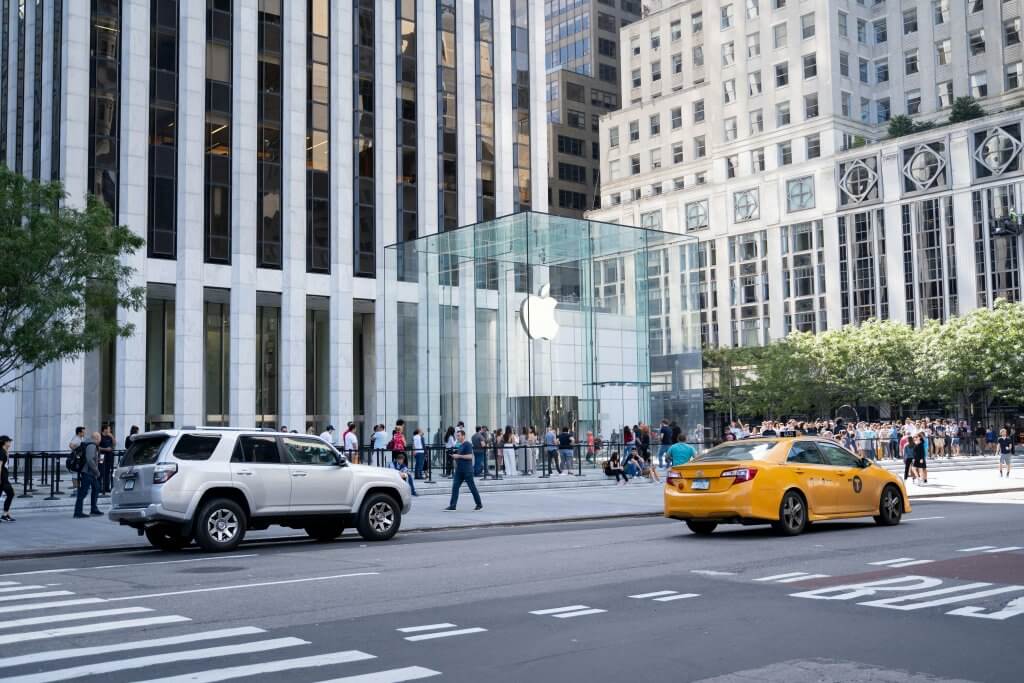
Stock Split: Good For Shareholders?
Investment ManagementBy: Jude McDonough, CFP® AIF®
Aug 21, 2020
Well, if you ask all of the recent Tesla and Apple bulls, it certainly is. Generally speaking, a stock split is usually a result of a strong increase in share price. The underlying company wants to bring the price back down to lower levels to enable more investors to access shares of the stock. There could be other reasons, but that is the most common.
While they usually work out favorably for investors, there is no guarantee that they will and there is no immediate financial gain. You may question me if you just enjoyed the ride in Tesla since the stock split announcement, but neither I or Tesla have control over the euphoric sentiment towards the stock at the moment. Furthermore, we can’t control the thought process that led to the buying. Perhaps if they read this post, they may change their minds. The more likely scenario is that they will think of me as another suit who still subscribes to the old way of thinking like fundamentals when evaluating a stock.
Let’s look at a quick example and we’ll continue to use Tesla. We’ll assume you own 100 shares of Tesla and the current price per share is $2000. They announced a 5 for 1 stock split. Your shares will be multiplied by 5 because it is 5 for 1. If it was 2 for 1, they would be multiplied by 2. The share price will then be divided by 5. The result for you will be as follows:
Before the split: 100 shares x $2000/share = $200,000
After the split: 500 shares x $400/share = $200,000
Wait, what? It is worth the same amount after the split as it was before? Yes, that is correct. Thus, there is no immediate gain for shareholders from a stock split. The stock is just more affordable to investors at $400/share than it is at $2000/share.
The stock split described above is a forward stock split. There is another version called the reverse stock split. The only reverse stock split that I’ve ever seen work out reasonably well was Citibank back in 2011. Every other one I’ve seen was the beginning of the end for the company. The most common reason that a company would do a reverse split would be to prevent it from being delisted from one of the major exchanges. We’ll look at a quick example:
You own 1000 shares of XYZ stock at $3 per share. XYZ declares a 10 for 1 reverse stock split. In this case, your shares would be divided by 10 and the stock price would be multiplied by 10. Here is the result:
Before the split: 1000 shares x $3/share = $3000
After the split: 100 shares x $30/share = $3000
Again, there is no immediate gain or loss.
Forward stock splits are nice for long term shareholders as they accumulate more shares and hopefully the lower stock prices attract more buyers. However, they shouldn’t be the only reason for you to buy a stock. Instead of trading on headlines, your investment strategy should start with how much risk you’re comfortable with to help you build a portfolio that fits into your financial plan. That should help you achieve better outcomes over the long term.


